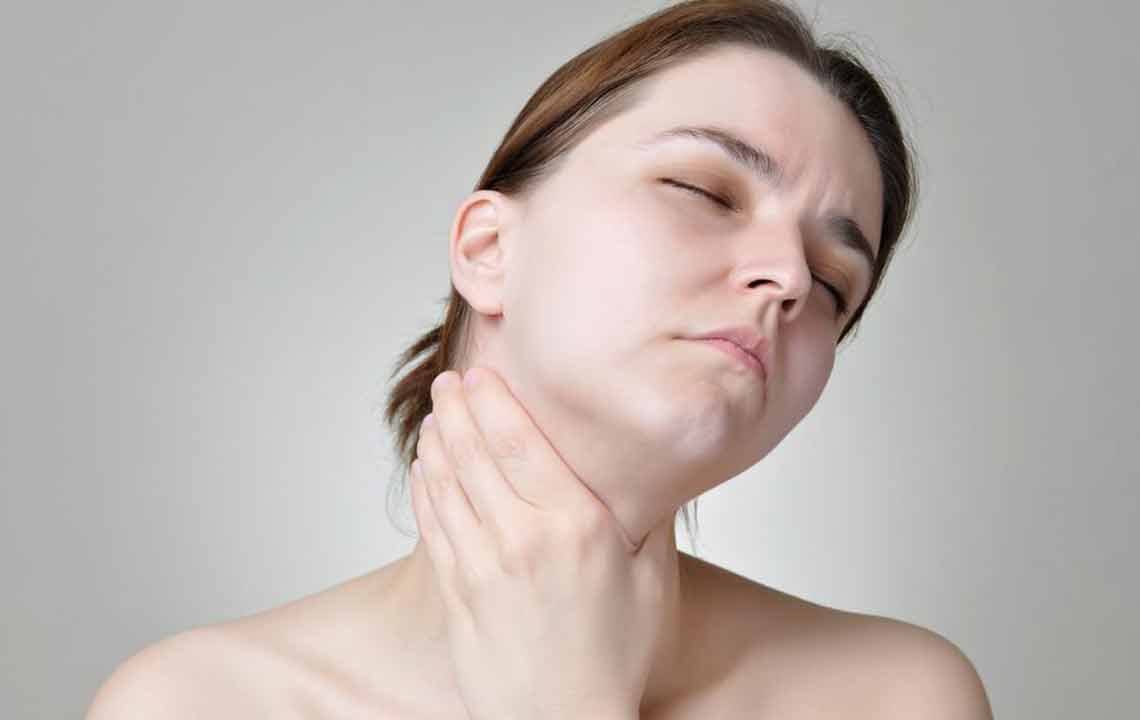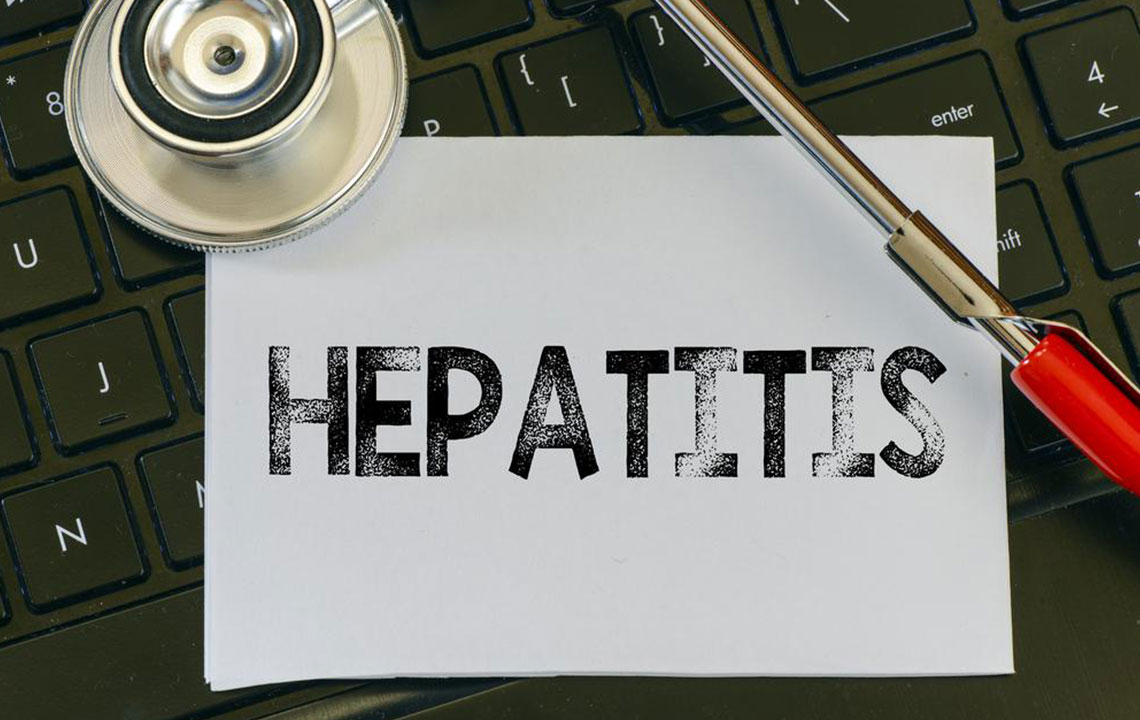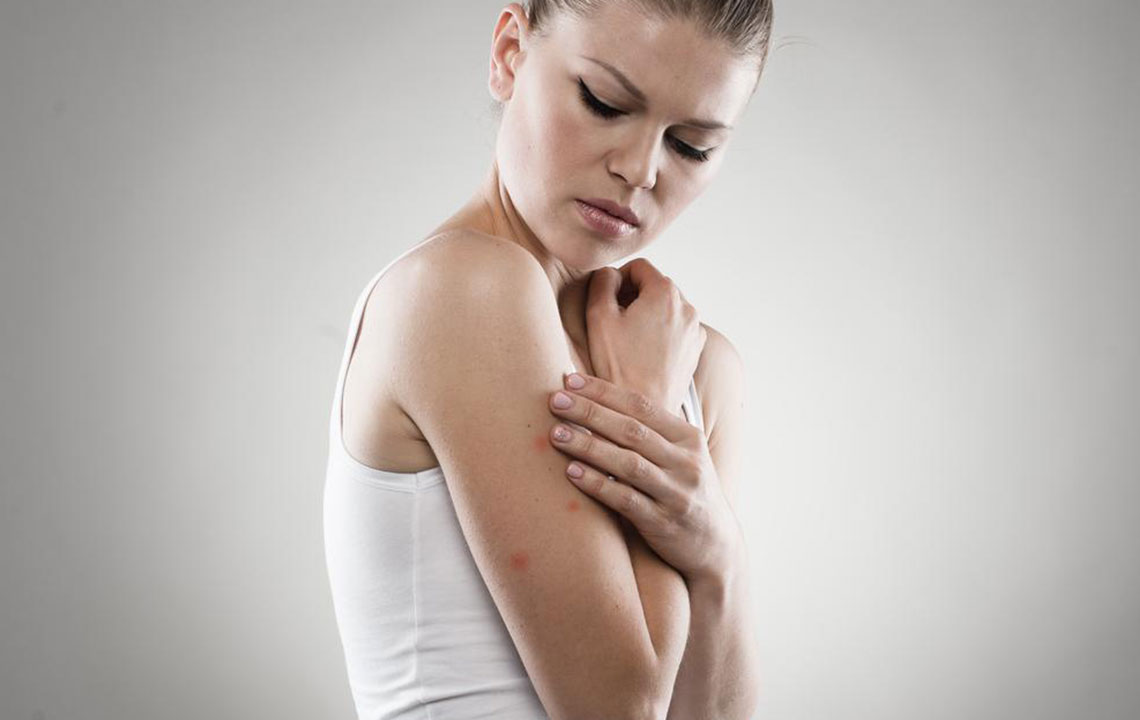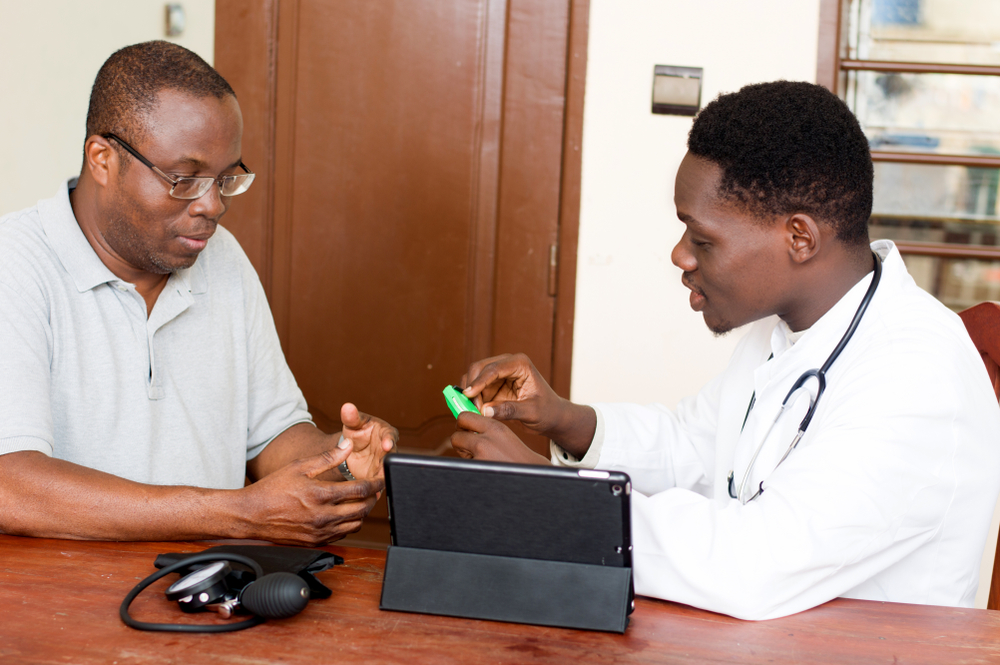Understanding Hepatitis C: Early Signs and Skin Rashes
Hepatitis C is a viral liver infection that may cause early signs such as jaundice, fatigue, and distinctive skin rashes. Recognizing symptoms like hives, purpura, and other skin conditions can lead to prompt diagnosis. The article highlights common skin reactions and strategies for managing them, emphasizing the importance of medical consultation for accurate treatment. Early detection is crucial in preventing long-term liver damage and associated skin issues. Understanding the connection between hepatitis C and skin symptoms helps individuals seek timely care and improve health outcomes.

Hepatitis C is a viral infection that causes inflammation in the liver, primarily transmitted through the bloodstream. If untreated, it can take years to cause significant liver damage. Early detection through screening and monitoring skin changes, such as rashes, helps prevent severe outcomes. The infection can be acute or chronic, affecting liver functions like blood filtering and nutrient processing. Symptoms include jaundice, abdominal discomfort, dark urine, light stools, fever, and fatigue. Persistent infection can lead to various rashes, including hives and other skin reactions associated with immune responses to the virus.
Common hepatitis C-related skin conditions include urticaria (hives), lichen planus, purpura, and pruritus. Hives appear as itchy, red or differently colored swelling, often transient. Lichen planus involves flat, scaly bumps with reddish-purple hue, often in the mouth or scalp. Purpura causes purple spots due to broken blood vessels, which do not change color when pressed. Itching is frequent and may occur with or without visible rashes. Other skin issues linked to liver problems include porphyria, necrolytic acral erythema, Raynaud’s phenomenon, and sicca syndrome. While hepatitis C is contagious, the rash itself is an immune response rather than infectious.
To identify hepatitis C rashes, reviewing online images for comparison can be helpful. Consulting a healthcare provider is essential for accurate diagnosis and treatment. Managing symptoms involves avoiding sun exposure, wearing loose, breathable clothing, keeping skin moisturized, using lukewarm water for baths, and steering clear of harsh chemicals. Early detection and proper care can mitigate skin discomfort and prevent further liver damage.










